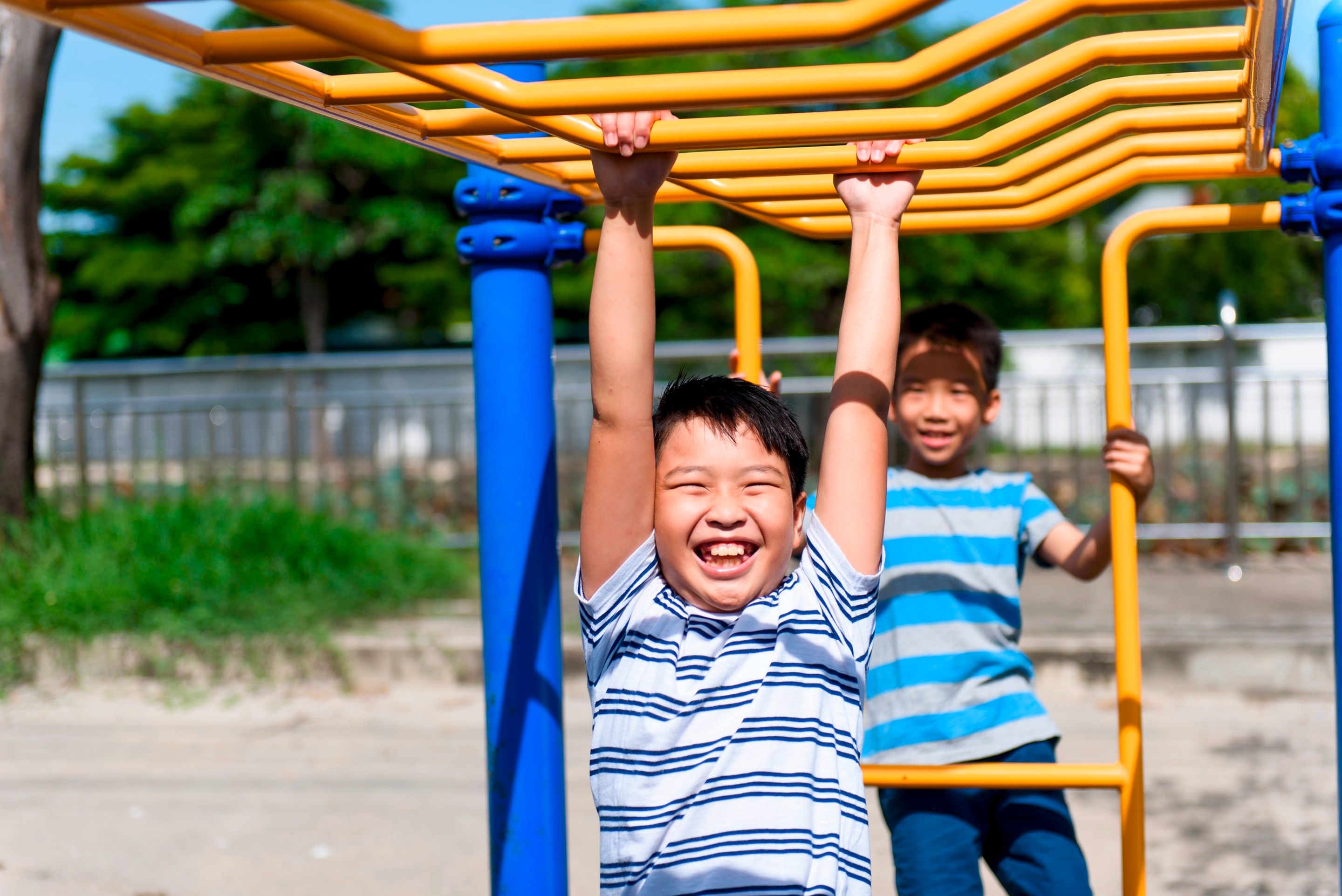Rewards For Kids: 10 Tips To Motivate Them To Succeed In School
Share to facebook Opens in new window
Many parents swear by the reward system as an effective tool to instill discipline in kids. Parents, teachers, and guardians who struggle to get kids to do homework or chores turn to positive reinforcement to fuel motivation. Rewards for kids encourage them to make better choices or improve on skills.
However, the reward system is a balancing act. You must find the middle ground between encouraging good behaviour in the short term and inculcating responsibility and delayed gratification for the long haul.
Learn how to use rewards for kids in the best possible way.
Reward System for Kids: A Quick Overview
A reward system aims to replace negative behavior with positive ones. Rather than punishing a child's less-savory habits, your focus is to reward the good.
Currently, there are four known types of reward systems.
Reward chart
Sticker charts are a popular reward system for good reason. Also known as star rewards, the method involves the parent or guardian putting a mark (usually a star sticker) on a chart every time they witness the child show proper behavior. Once a child earns a set of stickers, they receive a reward.
Point system
A point system might work for older children who do not find stickers appealing. Parents can sit with their kids to discuss the equivalent points per positive behavior or task accomplished beforehand. Kids can trade in accumulated points for rewards.
Token economy system
In a token economy, kids earn points throughout the day. They can redeem these points at the end of the day or the week if they want big-ticket items.
Reward items have different values. It teaches kids they must perform harder or longer if they want bigger rewards. It helps encourage patience and determination.
Tangible system
Here, each child in the family gets a jar. For every desirable behavior an adult witnesses, a marble goes into the jar. Kids can then redeem rewards when their jar is full.
Rewards for Kids to Motivate Them to Succeed
No matter which system you use to encourage children, finding the right rewards ensures they do not associate positive actions with bribes. Here are a few ways you can reward children.
Give them an extra dose of affection.

Never underestimate the power of affection. Each time you praise your child for doing well on a designated task, include a hug or kiss. Showing love and tenderness provides recipients emotional support, which also reduces stress.
Cook their favorite food.

Prepare their favorite food, or better yet, have them help. You would be surprised to find how many young kids look forward to assisting adults in the kitchen. Assign them simple tasks like mixing sauce for creamy carbonara or mashing eggs for a classic sandwich.
Give them small tokens.

Chart systems and sticker rewards for kids are simple yet powerful motivators. Watch a child actively self-correct to earn stars and redeem rewards. But before you start spending on expensive items, DON’T. Many chikitings find joy in the simplest things. A new box of crayons, cute erasers, their fave juice box, or gelatin cups will be more than enough.
Take them places.

The best reward you can give your children is to spend time with them. Turn trips to the park, playground, beaches, and zoos into fun learning experiences. Wherever you plan to go, pack some food and drinks, like homemade chicken burgers with an extra special dressing by swapping out mayo with Lady’s Choice Bacon Spread.
Extra hour of fun.

You don’t have to overcomplicate rewards for kids. Fun activities and playtime extensions are great options. Lots of kids would love an extra hour of play at the park with their friends. How about letting them stay up a little past their bedtime?
Tips to Help Reinforce Positive Behavior
Strengthen and encourage good behavior with these essential yet practical tips.
Focus on one behavior at a time.
Adding too many tasks to a reward system can be confusing, especially for young children. Make it easy for them by focusing on one thing at a time. Thoroughly consider which issue requires prioritization. Achieve and maintain the current lesson before moving on to the next one.
Use lots of positive reinforcement.
Kids thrive well when they receive praise from parents, guardians, and teachers. Make it a point to acknowledge a child's progress verbally. Simply putting a sticker on a chart may not always be as noticeable to children; accompany it always with commendation.
Keep vocab simple.
Little kids have limited vocabulary and using advanced words can cause misunderstandings. Steer clear of overwhelming their developing minds. Keep your word selection simple and the goals achievable.
Include children in the process.
Allowing children to participate in the process teaches them they control their path. If they have a sense of ownership over their actions, they will follow through and self-correct. Here are a few ways to include kids in the reward system.
- Have them physically put the sticker on their chart
- Ask if they want to keep completed charts or display them
- Frequently discuss their progress
Consistency is key.
Teaching a new skill or correcting behavior is successful through consistency. Like adults, it's easier for your kids to learn through repetition.
Children naturally gravitate towards good behavior as they receive encouragement, positive feedback, and rewards for making good choices. Setting a system of rewards for kids is beneficial in encouraging healthy attitudes and helps boost their esteem and self-image. It also helps children navigate healthy boundaries and parental expectations.
Related Articles
- slide 1
- slide 2
- slide 3




